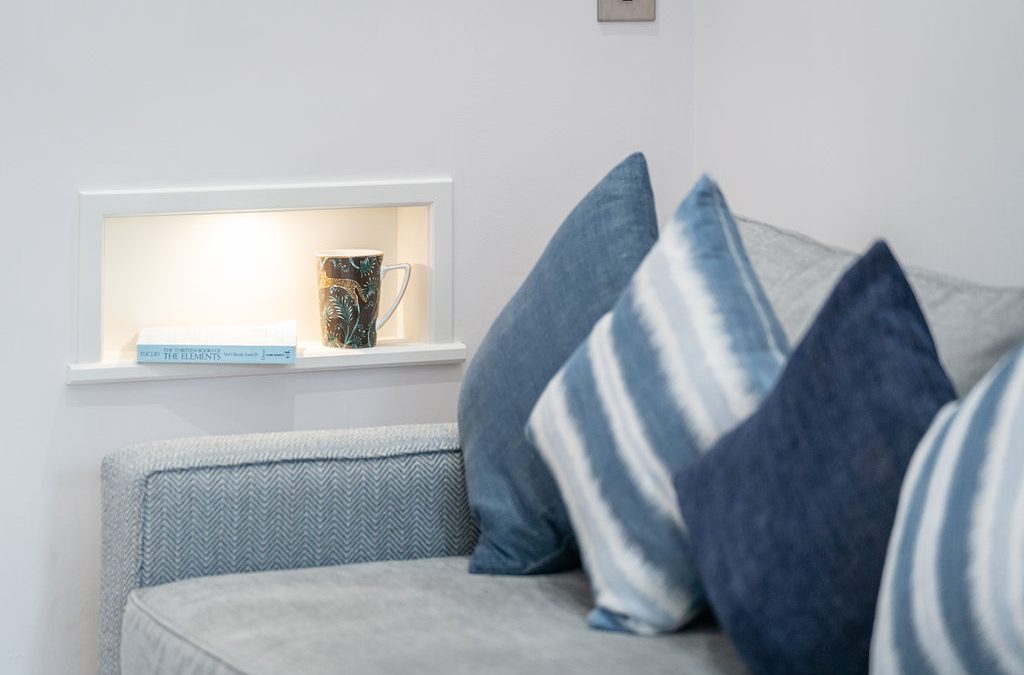We asked Gilly, lead designer at Koubou Interiors why details are so important in interior design.
Q: Why are details so important when embarking on an interior design project?
A: Details are important to ensure that a project is completed to the clients’ expectations, budget and timeline. An interior designer should fully understand the brief and the budget. A clear brief is key, but don’t worry if you don’t have all the answers at the initial stage of discussions, as the design professional will have the ability to tease out details from you by asking the right questions and help you get there.
Be realistic with your budget, materials and labour have increased exponentially recently caused, in part, by the pandemic and cost of living crisis, therefore, you need to be pragmatic in what you want to achieve with that budget. Remember, set aside at least 10% contingency for any project to cover any unforeseen issues.
Q: Do the details vary depending on what type of project it is e.g., residential versus healthcare or commercial?
A: Very much so, with commercial projects the regulations are far more stringent than they would be for a residential project and this impacts on everything. How the space planning is done, lighting plans, the specification and supply of FFE (fixtures, fittings and equipment), etc. Healthcare projects have the added complication of having to comply with CQC regulations (Care Quality Commission), when focusing on specific medical areas e.g., visual impairment, dementia etc.
Q: What detail would you say was THE most important in any project?
A: Compliance, as even in a residential project, one must adhere to the building regulations, obviously if it is just a revamp of a particular room or an area of the property that has previously been extended, this would not be an issue, but should always be considered. An interior designer really does need to understand the regulations and compliance requirements, many do not keep up to date with changes and this could result in project that fails as it does not adhere to the newest protocols.
Having a RIBA (Royal Institute of British Architects) architect and/or a BIID (British Institute of Interior Designers) registered designer is invaluable, as the registered interior designer will have 6 years professional practice and the relevant qualifications, meaning that you are guaranteed a bona fide, vetted specialist.
Obviously, this does result in a registered interior designer being more expensive, however, they are obliged to carry professional indemnity and public liability insurance which, by its very nature, is expensive, nevertheless, it provides the client and the designer with peace of mind, in the unlikely event that something goes wrong. Professional, registered interior design practices are obliged, as part of their membership, to undertake a minimum of 20 hours of CPD (Continual Professional Development) activities per year to ensure that their membership is renewed, these activities are designed to support individuals to develop knowledge, enhance skills and ensure working practices are kept up to date.
Let’s face it, your home is a high value item, probably the most expensive item you will ever purchase, so why would you want to put that asset in jeopardy by not going to a registered interior designer…. It’s all in the detail!
Looking for an interior architect & designer to help you transform your home?
We love transforming spaces for our clients, to help them make the most of their budget, home, space, and personality. If you’re looking for an interior architect & design firm that is by your side, please get in touch.

